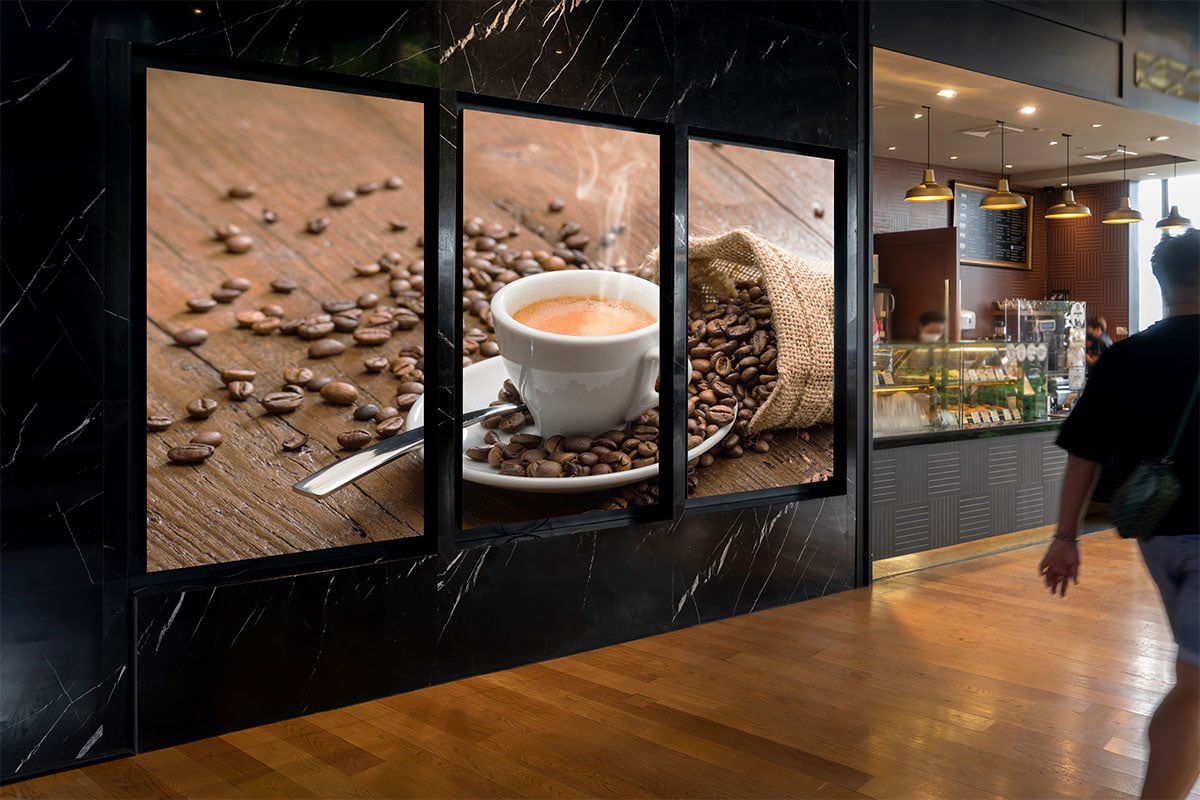The quality of the light-emitting diode elements plays a major role in hue uniformity. Different types of LEDs emit light at varying wavelengths, which can influence the total hue result. Premium light-emitting diodes are designed to generate a more consistent light range, resulting in better color accuracy. Additionally, the manufacturing process of these light-emitting diodes can affect their functionality. Screens made with high-grade materials and techniques tend to have less hue differences, guaranteeing that the displayed images and videos look lively and true to reality.

Calibration is another crucial element in maintaining color consistency in light-emitting diode wall screens. Calibration entails adjusting the configurations of the panel to make certain that the hues displayed match the led wall rental for outdoor events desired appearance. This process can include adjusting luminosity, contrast, and color balance. Frequent calibration is necessary, especially in settings where illumination conditions change often. By tuning the panels, technicians can correct any inconsistencies in hue output, resulting to a more consistent viewing experience.
Surrounding conditions also affect hue uniformity in light-emitting diode wall panels. Factors such as ambient light, heat, and moisture can influence how colors are perceived. For example, intense ambient light can wash out hues, making them look more vibrant. Similarly, extreme temperatures can influence the functionality of the light-emitting diodes, leading to color shifts. To reduce these problems, it is essential to install LED wall panels in managed settings where lighting and temperature can be controlled efficiently.
Lastly, the design and layout of the LED wall panels can affect hue uniformity. The configuration of the panels, as well as the distance from which they are viewed, can create variations in hue recognition. When screens are arranged too far apart or at different angles, viewers may detect discrepancies in hue. To obtain the optimal visual performance, it is important to consider the placement and arrangement of the screens during installation. By addressing these factors, users can ensure that their light-emitting diode wall screens provide a uniform and superior optical experience.